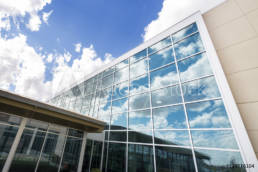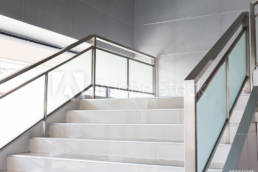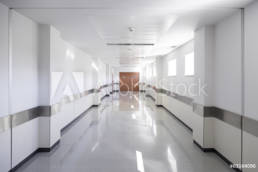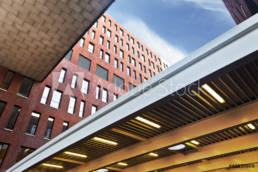Why Medical Office?
Medical office is a durable investment sector positioned to outperform other real estate investment sectors even in uncertain economic conditions. How? At its very essence, the durability of this asset class comes down to limited supply and robust demand.
Demand continues to drive healthcare from inpatient hospital settings to medical office buildings. Consider the following: patients and care providers desire healthcare to be provided in the most accessible and cost-efficient setting, a growing number of procedures can be performed outside of hospitals and patients continue to choose to seek care in outpatient settings, and demand accelerants including an aging population and increasing lifespans amplify these trends.
New medical office building supply is limited. Historically, construction in progress only accounts for 2-3% of current building inventory. As the future of healthcare delivery continues shifting to favor more modern settings, some of the medical office supply will become obsolete. Finally, medical office is typically built to suit or developed only after minimum leasing threshold is met, limiting supply of speculative construction.
DEMAND DRIVERS
Demand continues to drive healthcare from inpatient hospital settings to medical office buildings. Consider the following: patients and care providers desire healthcare to be provided in the most accessible and cost-efficient setting, a growing number of procedures can be performed outside of hospitals and patients continue to choose to seek care in outpatient settings, and demand accelerants including an aging population and increasing lifespans amplify these trends.
New medical office building supply is limited. Historically, construction in progress only accounts for 2-3% of current building inventory. As the future of healthcare delivery continues shifting to favor more modern settings, some of the medical office supply will become obsolete. Finally, medical office is typically built to suit or developed only after minimum leasing threshold is met, limiting supply of speculative construction.
DEMAND DRIVERS
Acquisition Criteria
Property Type
Best-in-class medical office buildings, including outpatient care facilities, physician group practice clinics, and ambulatory surgery centers
Geography
Locations in top U.S. growth markets characterized by durable demand generators such as major universities, diverse corporate sectors, and magnetic culture
Purchase Price
Approximately $10 million minimum investment size, no maximum purchase price - individual buildings or portfolios
Risk Profile
Stabilized tenancy, 80% minimum occupancy, 5-year minimum weighted average remaining lease term, supportive of delivering increasing cash flows over time
Proximity to Campus
Strong medical locations may be on the campus of acute care hospitals, adjacent to a campus, or in community-based medical destinations
Investment Characteristics
Multi-specialty, multi-tenant buildings, anchored by established health providers with a leading market share and a path for growth
Building Design
Buildings designed to enhance the experience of the healthcare provider, the patient, and family – and ultimately to help improve health outcomes
Facility Objective
Adaptable to the complex challenges of modern healthcare and accommodative to the next generation of healthcare solutions
Investment Track Record Since 2004
Along with her respective teams, Care’s Founder and CEO, Ann Atkinson, has closed 179 separately negotiated transactions totaling $5.9 Billion in gross proceeds.
$4.7 Billion Acquisitions
219 buildings
63 separate transactions
Predominantly medical office buildings
$521 Million Dispositions
34 buildings
9 separate transactions
Predominantly medical office buildings
$655 Million Brokerage Transactions
107 separate transactions
Office and medical office buildings







